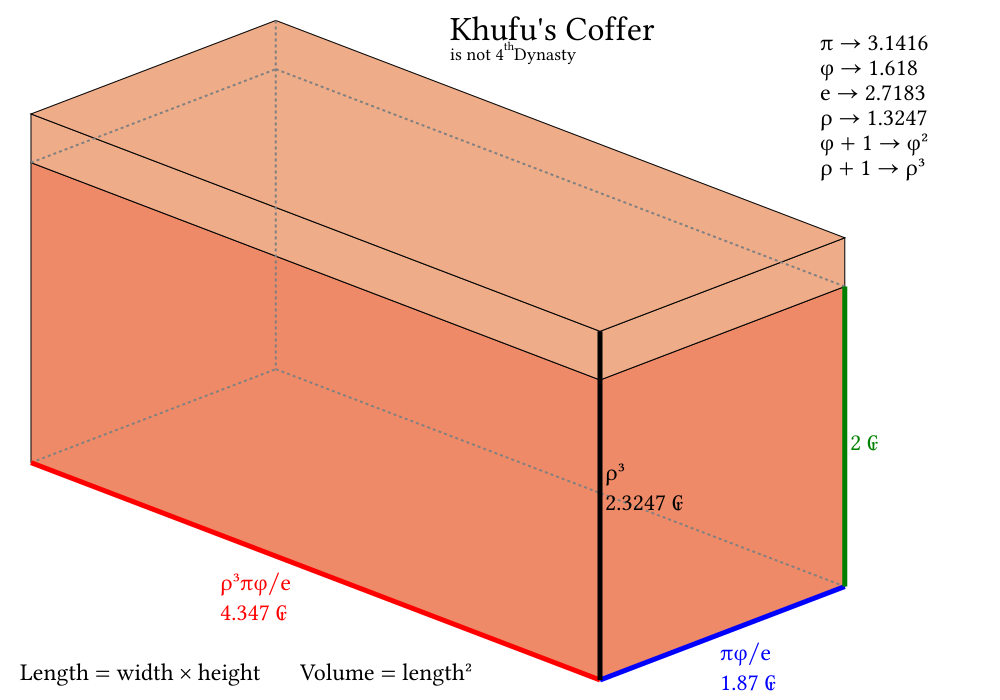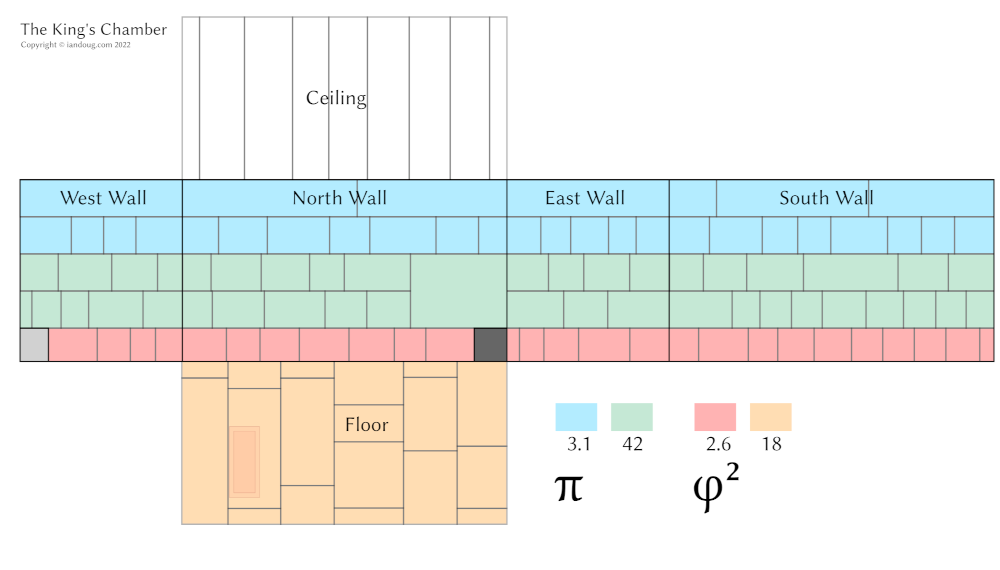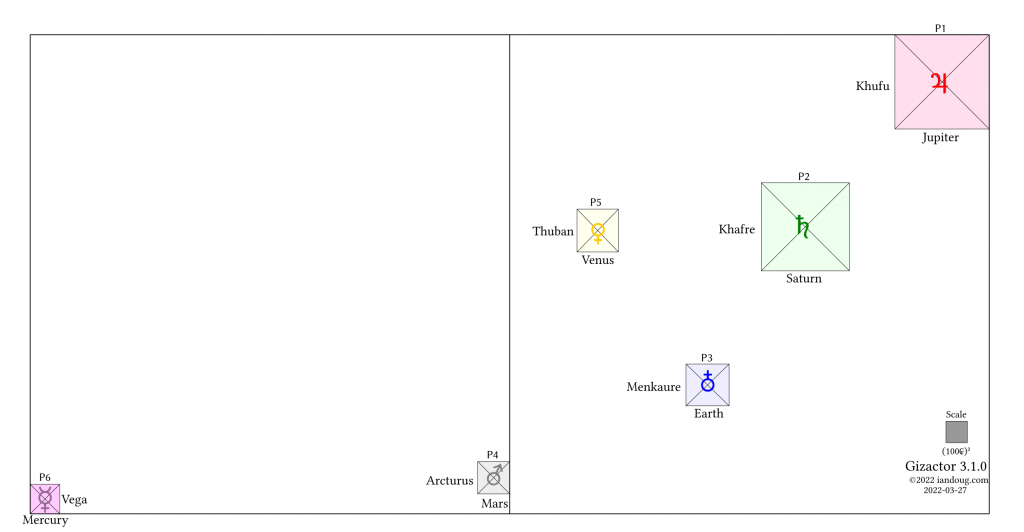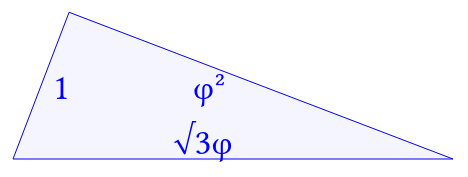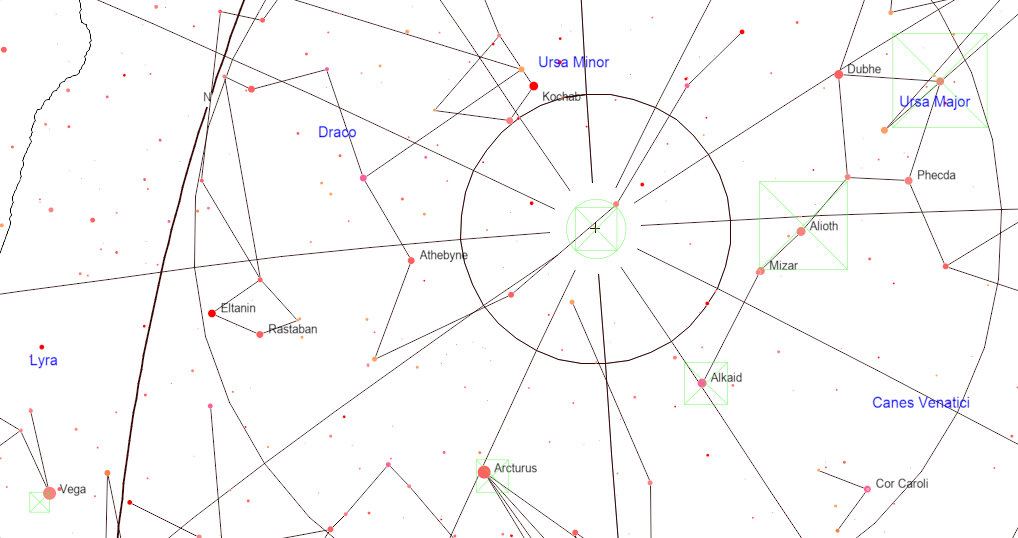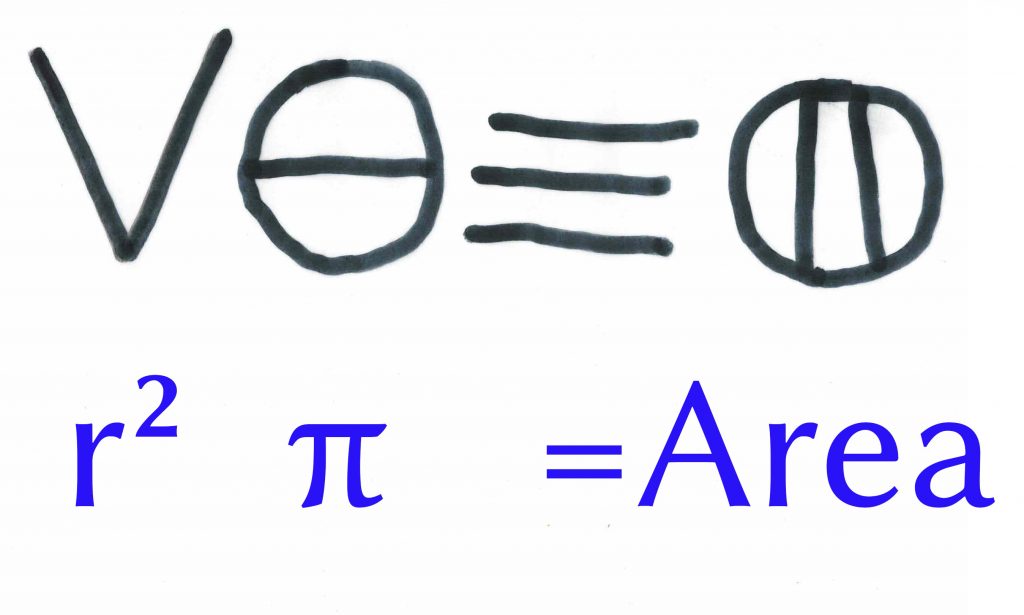It’s been a while since I’ve posted any chess, and development in the engine world has continued apace, so it was time to see how they do with Douglas Modern Chess.
I consulted recent events at https://www.tcec-chess.com/ as well as the rankings at https://ccrl.chessdom.com/ccrl/4040/ and selected the following engines to compete:
Bezerk
Stockfish 15
Ethereal
SlowChess 2.83
Koivisto_8.9
RubiChess
PeSTO
rofChade
Seer
arasanx-64
zahak
Igel
velvet-v3.3.0
Pesto was not one of the top engines, it’s new, from the rofChade team, so I thought I would include it. I did try to add LC0, Cute Chess loaded it, but they still won’t talk to each other so there is still something wrong with my installation.
Initial rounds were round-robin and run at short time controls (3 min + 5 seconds, slowly adding 1 minute for each succeeding round). Continue reading

